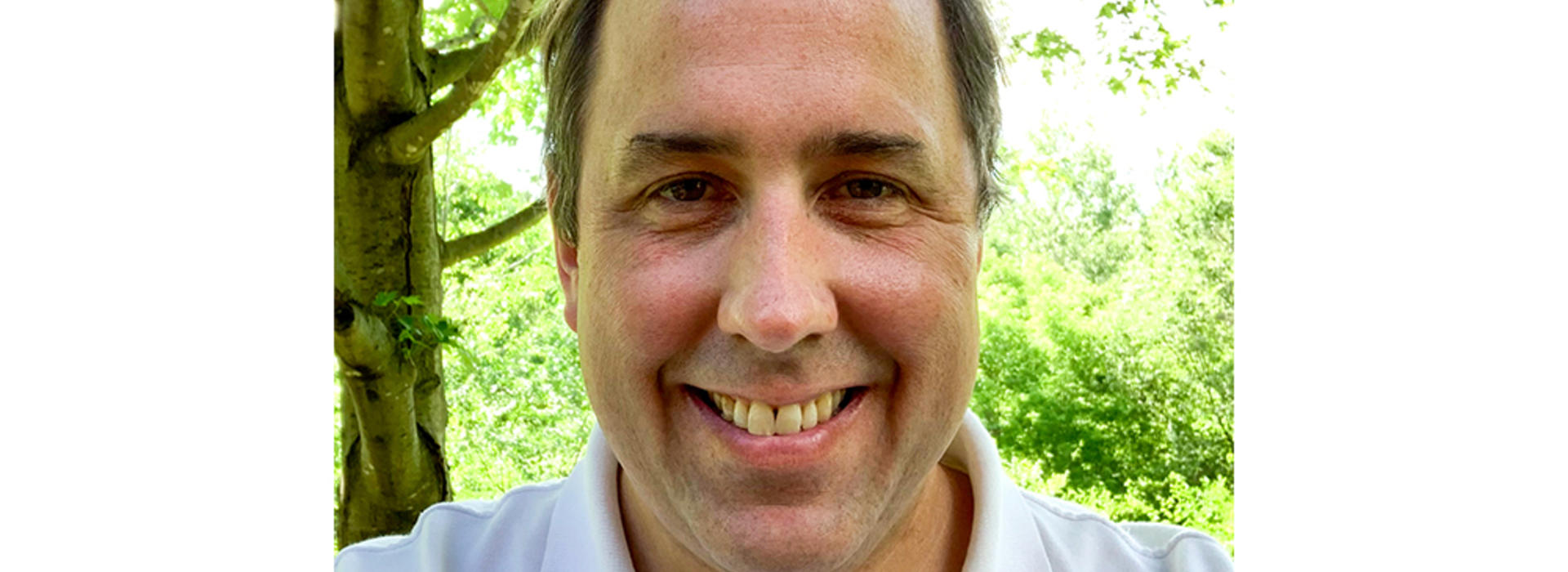
Michael LuBrant, PhD, Facilitates Webinars on Funeral Care Amid COVID-19
Michael LuBrant, PhD, remembers watching his grandfather’s body degenerate as a result of an illness at the end of his life.
“Watching his physical decline was very hard,” Dr. LuBrant said. “But, when I saw him in the funeral home for the reviewal after the funeral director had restored his body and made him look whole once again, it brought my family and me such comfort. I began thinking that maybe I could see myself more involved in this line of work.”
Then, at the age of 17, Dr. LuBrant decided to pursue a career in mortuary science. He earned the appropriate credentials, eventually forming an interest to teach the practice. That’s when he learned about the University of Minnesota Medical School’s Program in Mortuary Science.
“The University of Minnesota has always been known as one of the premiere mortuary science programs in the country,” Dr. LuBrant said. “I started teaching at another school solely focused on mortuary science, but I was looking for something more grounded in research.”
He joined the Medical School faculty in 1998 to teach embalming and restorative art. Four years later, in 2002, he became the program director where he continues to lead and serve today.
Making Connections on the Road
As program director, Dr. LuBrant manages accreditation, compliance, onboarding new faculty and fundraising. His favorite role, though, involves driving his 2001 Buick LeSabre with 365,000 miles.
“For clinic site inspections, I physically go to all the funeral homes throughout the state where we place students,” he said. “The fact that a program director will actually come out to their funeral homes to visit with them and learn how we can build bridges from the University to greater Minnesota means a lot to practitioners.”
Making Connections Virtually
Within days of the first death from COVID-19, Dr. LuBrant recognized a need in Minnesota. Due to social distancing, many families across the state and country had to accept low-capacity, abbreviated services despite the wishes of their loved ones for something more traditional or religious.
“That which they would have normally had was no longer an option for them. It was very clear there was this yearning from the heart to learn about alternative ways to honor this life—to help grieving families say goodbye and move forward in their grief journey,” he said.
So, Dr. LuBrant, in partnership with Trista Sharkey, MaED, a teaching specialist for the program, hosted a free educational webinar in April for those in the practice across the United States. It brought in more than 350 attendees who asked for more, so in May, the team hosted a second webinar.
“By providing practitioners with information and ideas to serve families in more meaningful and creative ways using technology and approaches that we haven’t thought of in the past, we will be able to help lessen the burden on a grieving family,” Dr. LuBrant said. “We know this is the worst time in their lives, and because of these alternative methods, we’re able to bring comfort and healing in ways that perhaps we haven’t been able to do before.”